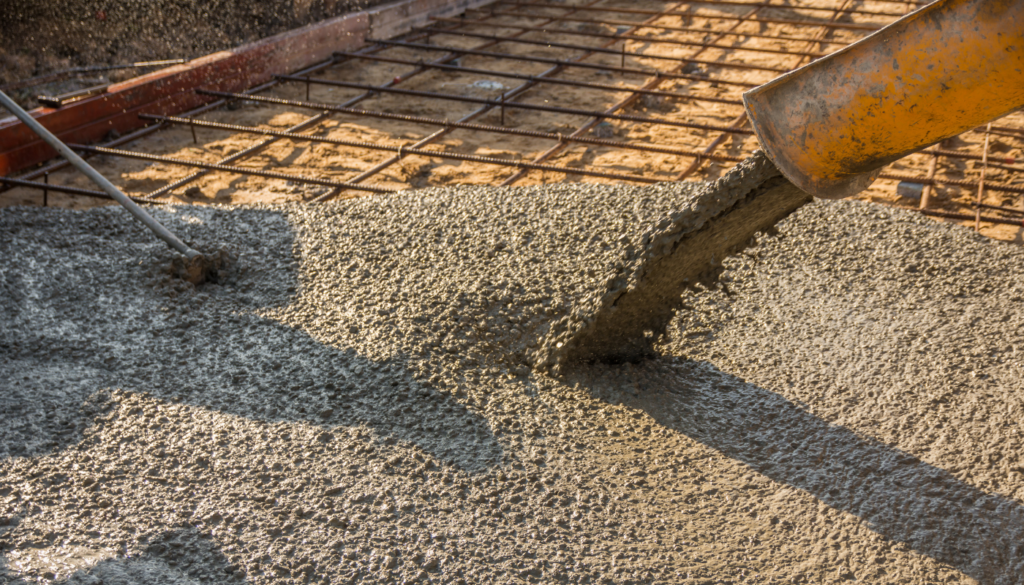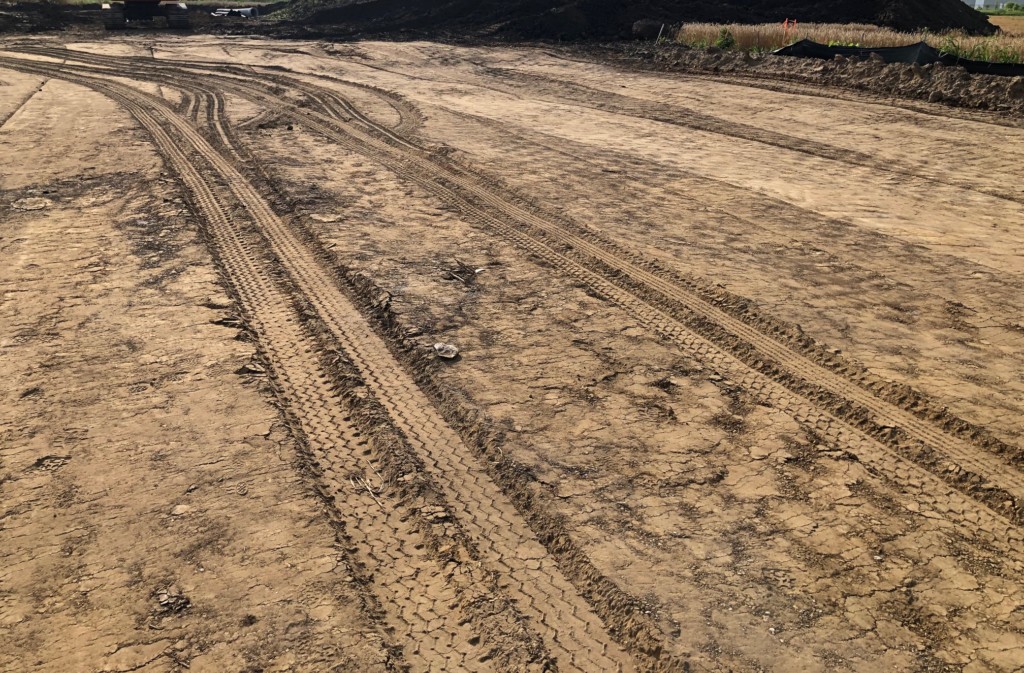
As a Special Inspector, your role is to verify compliance with the approved construction documents. However, in addition to verifying compliance, you should be trying to add as much value as possible to the developers, engineers, and contractors involved with the project. You provide little to no value by making a site visits, writing deviations, and walking away without communication.
A good Special Inspector, meets with the general contractor prior to inspections and discusses the scope of inspections identified in the project documents. As a Special Inspector, you can provide value by notifying the general contractor of commonly missed or non-conforming items. For example, regarding welding inspections, I commonly find welders not removing slag from welds. By let letting the contractor know this ahead of time, you could potentially avoid some undesirable disputes in the field. Sometimes those disputes will happen regardless of the situation, but at least you did your due diligence.
When actually performing the special inspection task, you will run into the sub-contractors. Let the sub-contractors know what you are inspecting and what you are finding in your inspections. Let the contractor know of non-conforming items so that the contractor is able to prevent the mistake moving forward. When you find an issue pull the contractor aside so that they have a chance to correct the non-conformance item before it is considered a non-conformance item. Also, provide a non-destructive way of identifying non-conformance items in the field (e.g. – orange marking ribbon for structural steel non-conformance items)
When you are writing inspection reports, make sure that you are clear and concise. Give detailed information of what was inspected and what items were considered to be in non-conformance. It is it extremely beneficial to the contractor and the engineer that you give a precise location of the inspection area and the location of non-conformance items. An excellent way to provide this information is to identify these locations on a plan that is attached to your report. Also, you should consider attaching photos of the areas inspected and photos of the non-conformance items.
Special inspections can provide tremendous value to everyone involved if done properly. The goal should never be to write as many deviations as possible to show that you did your job. Your goal should be to verify compliance with project documents in such a manner that gives value to everyone involved.








